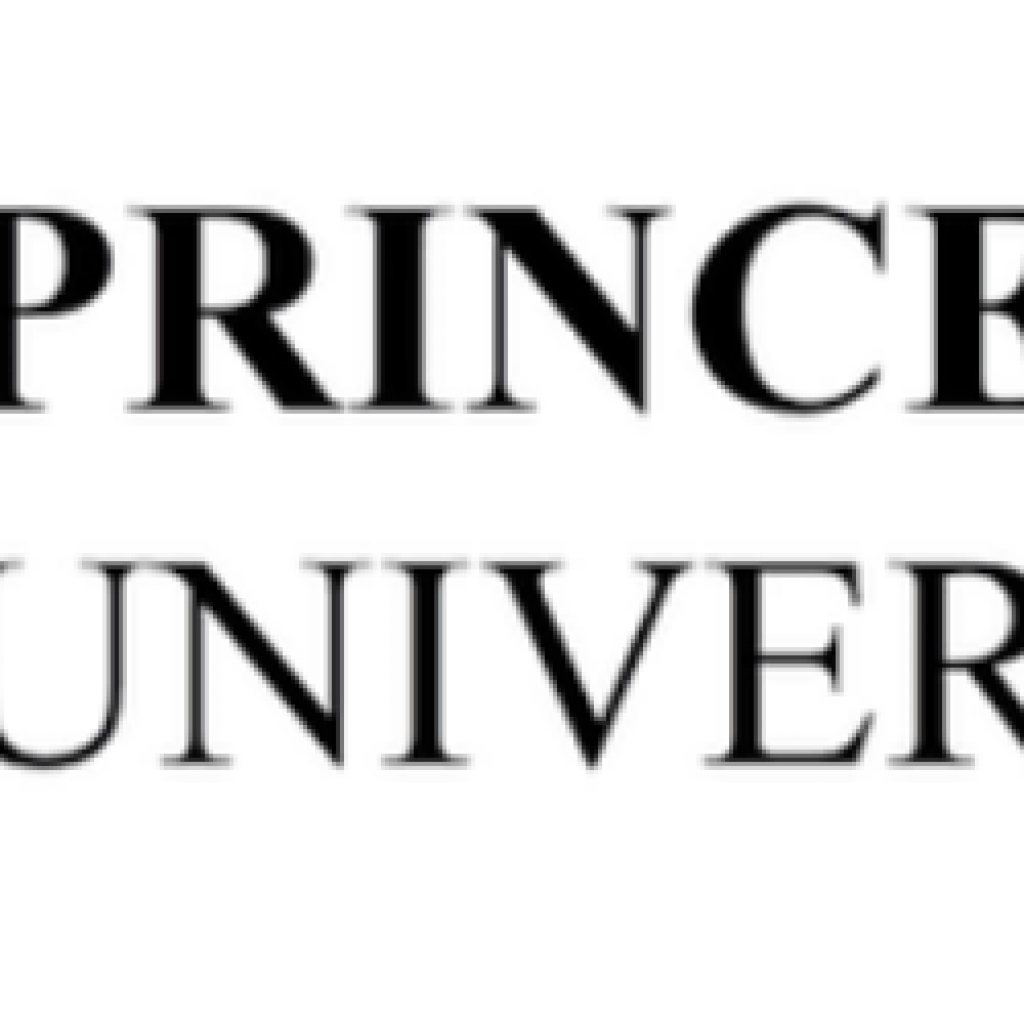(Phys.org) Debugging will be even more of a challenge for quantum computing than it is for classical computing. Researchers at Princeton University have now presented debugging tools based on statistical tests, with a goal of aiding programmers in building correct quantum programs for near-term quantum computers. With this burgeoning interest in quantum computing experimentation, a new and urgent challenge lies in helping programmers translate today’s abstract algorithms into correctly functioning quantum program code.
“We were finding that even researchers who specialize in quantum computing are making subtle mistakes in quantum program code, preventing the programs from giving correct results,” Yipeng Huang, postdoc at Princeton University, said. “If it is so tricky for experienced quantum programmers, how can students new to quantum computing write correct programs, without the aid of tools such as debuggers?”
Huang and Margaret Martonosi, a professor of Computer Science at Princeton, addressed the three major debugging problems and suggested three ways to address: 1) tackling the debugging challenge by finding ways to debug quantum programs using only the information about the collapsed quantum states; 2) use the chi-square statistical tests to decide if the observed states belong to one of classical, superposition, or entangled states. “We focus our attention on these three types of states because they occur throughout a quantum program, and are easier for programmers to identify,” Huang said. “If the states don’t match what the programmer expects, the statistical tests help the programmer zoom in and find mistakes in the program code.” and 3) Describing the patterns and structures inside quantum algorithms to help guide programmers to know what to check.
Three Ways to Address Debugging Problems for Quantum Computing
